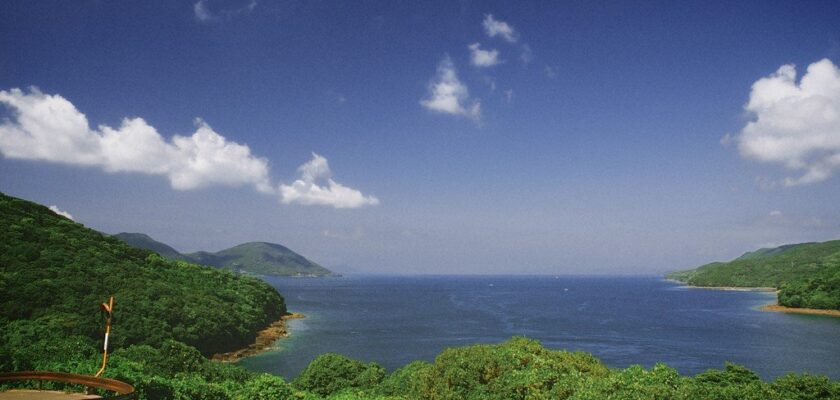East China Sea
Sightseeing refers to the countries:ChinaJapanEast China Sea is a semi-enclosed sea of the Pacific Ocean between the coast of East Asia (China) and the Ryukyu and Kyushu Islands (Japan).
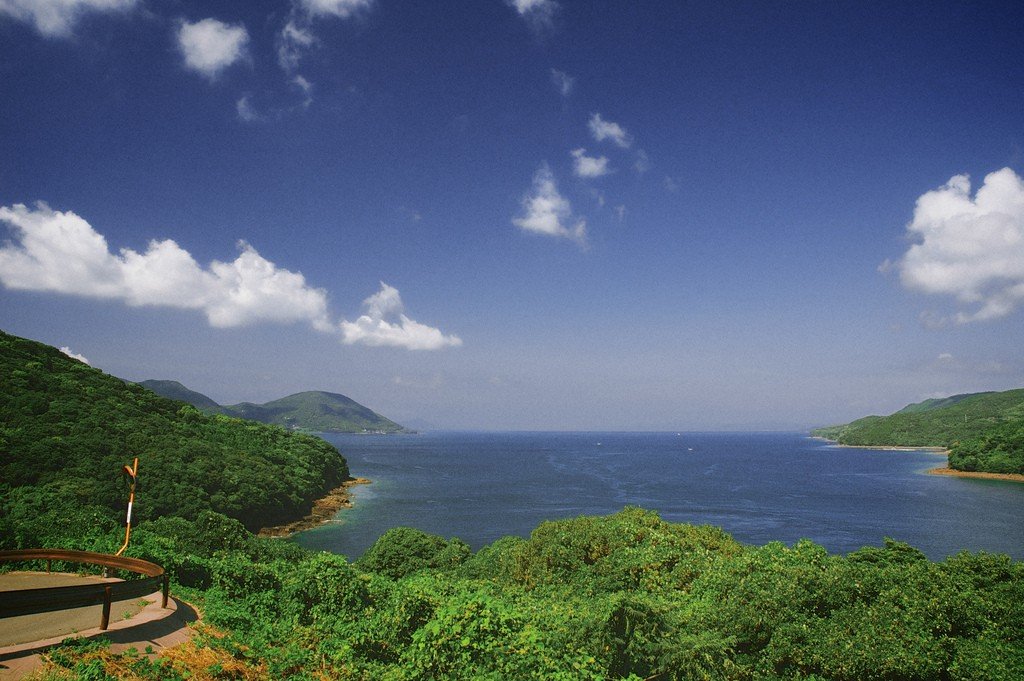
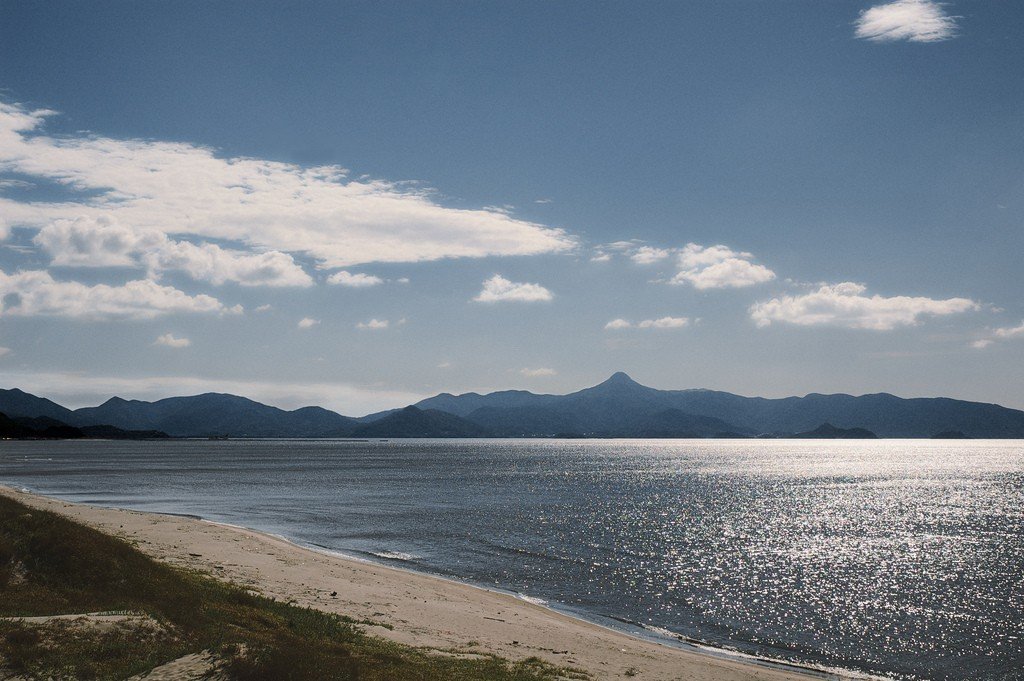
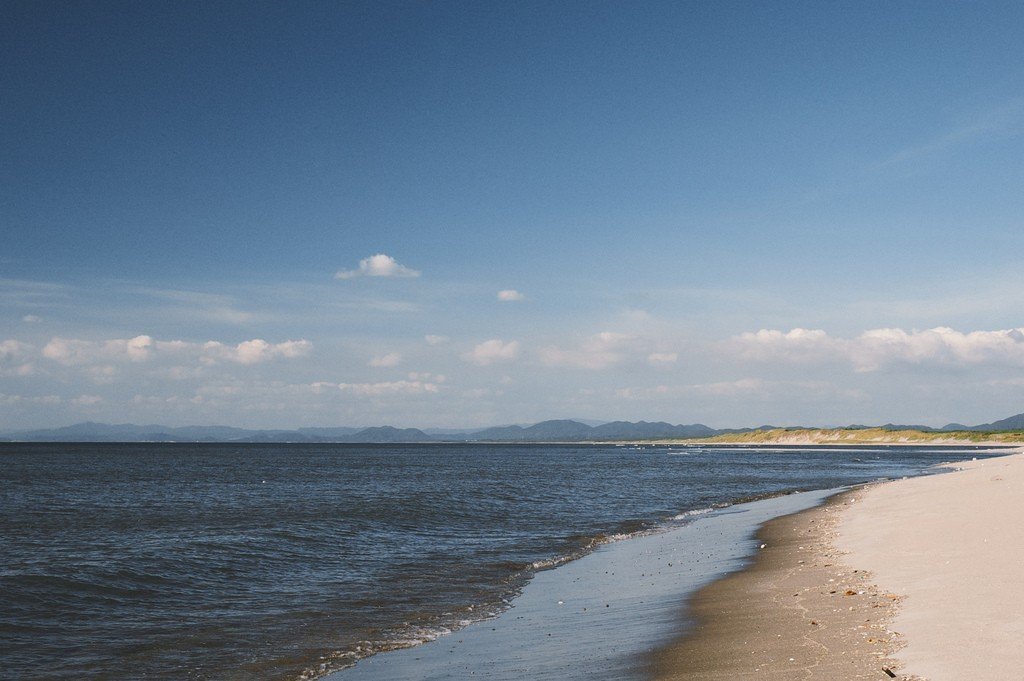
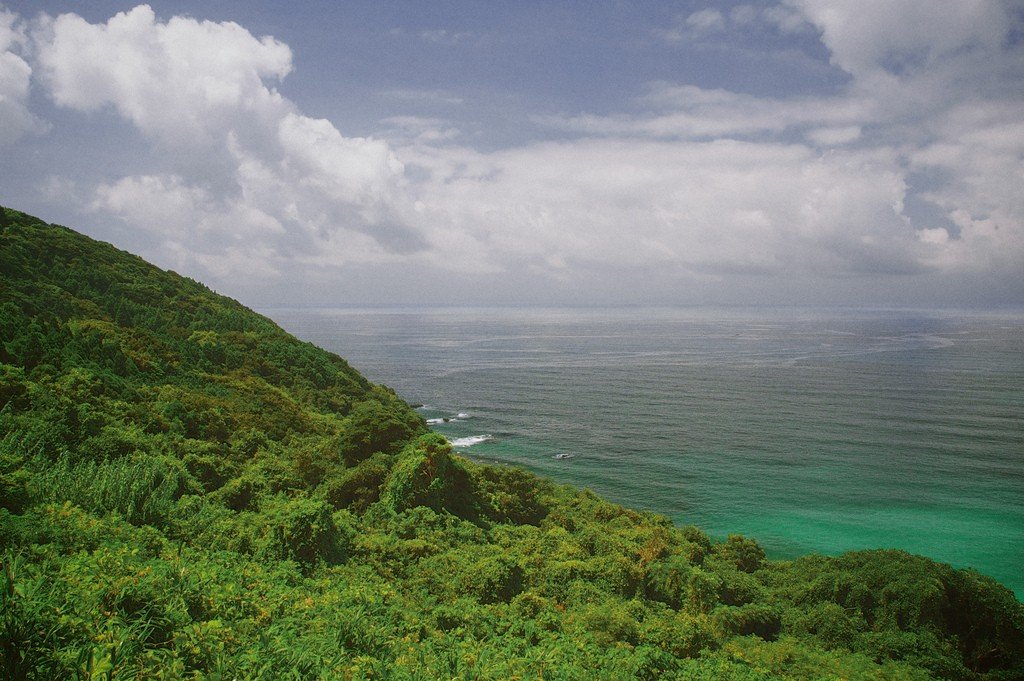
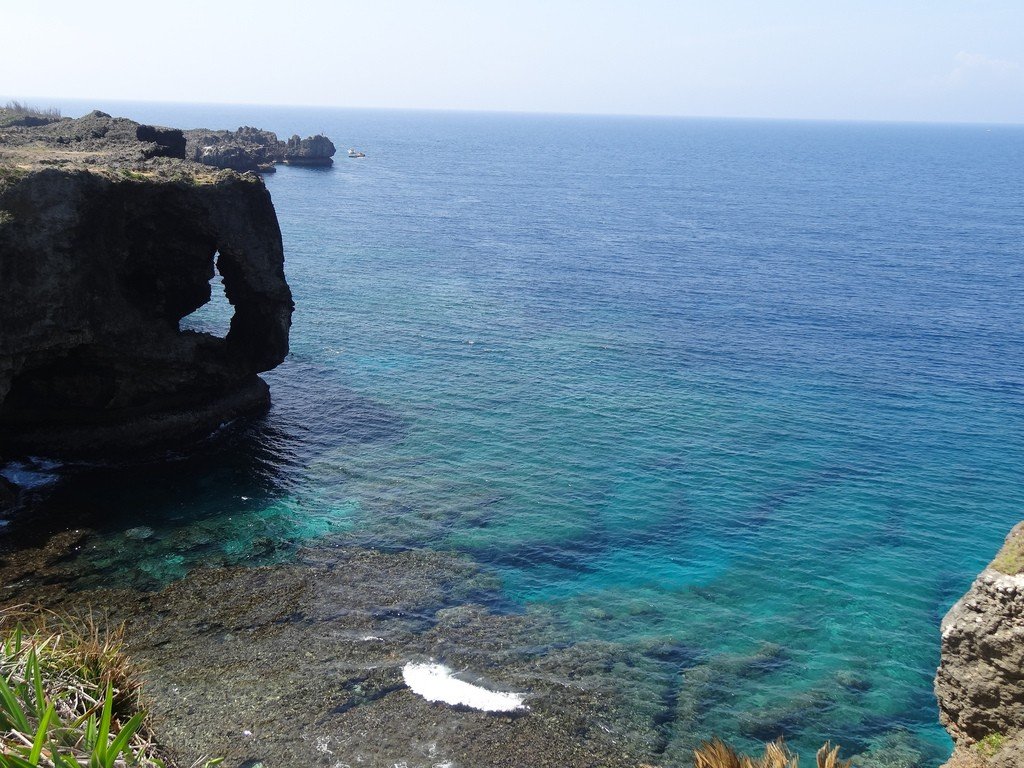
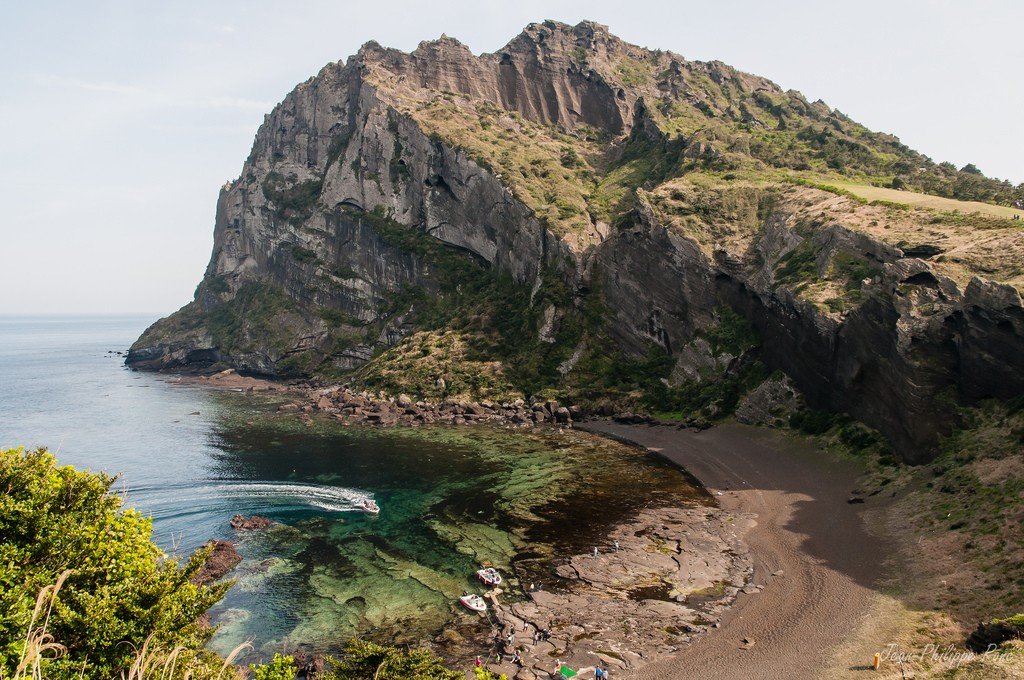
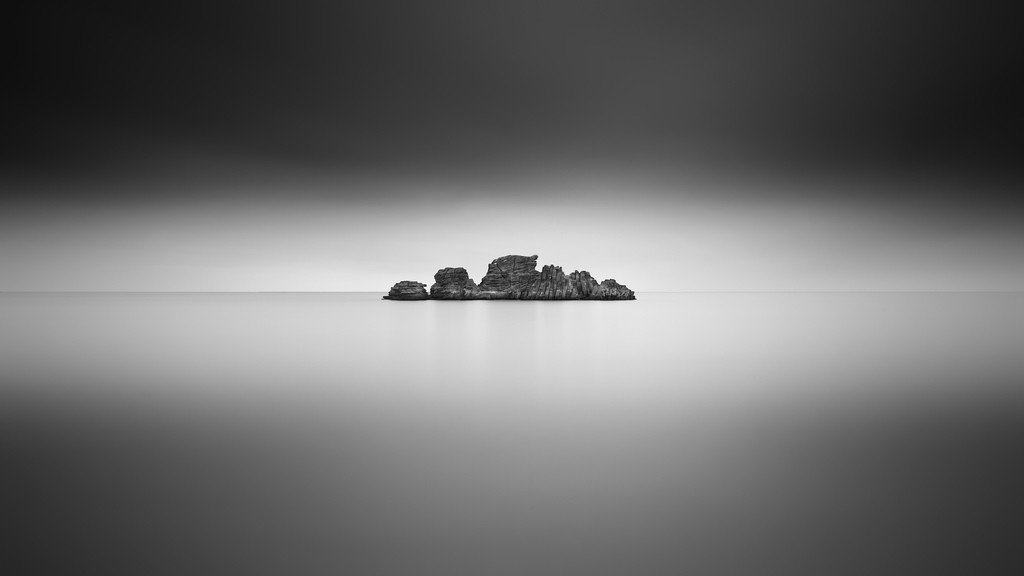
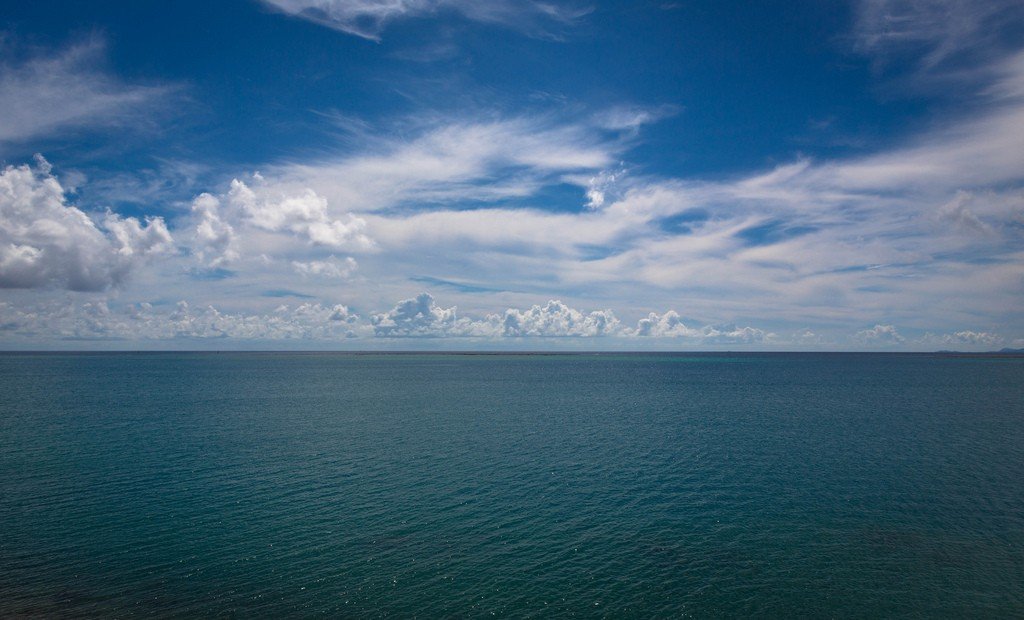
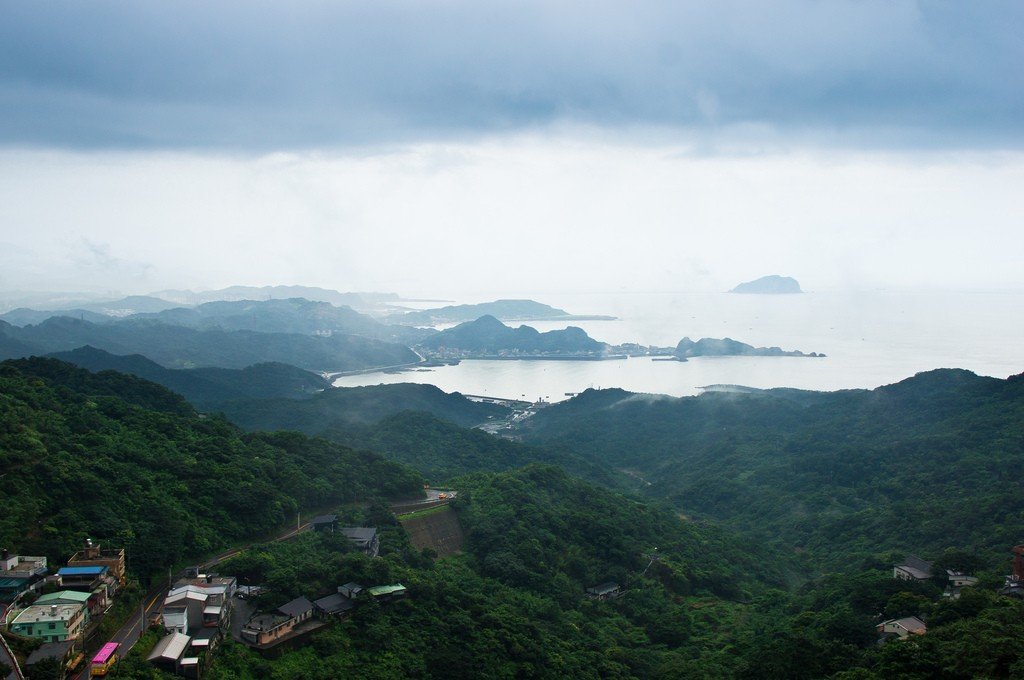
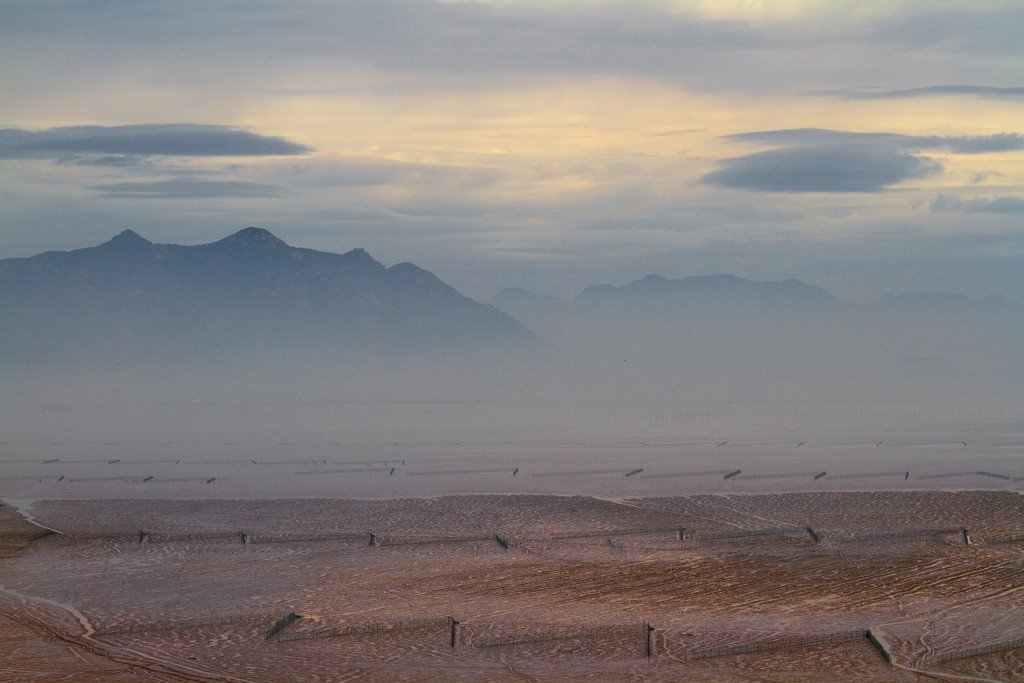
General information
- Area – 836,000 km².
- The greatest depth is 2,719 meters.
- The average water temperature in February from 7 to 16 °C, in August 27-28 °C.
- Water salinity 30-34.5 ‰, at the mouths of rivers – 5-10 ‰. .
- Tides are semidiurnal (up to 7.5 m). .
- The largest river flowing into the East China Sea is the Yangtze.
The relief of the bottom at the western shore of the East China Sea is uneven, but the depths are shallow, near the coast almost all along the shoals. On the shoals and near the islands dangerous for navigation rocks, reefs and banks. Especially dangerous waters on the approach to the mouth of the Yangtze River and in the area of the Zhoushan Archipelago. It is difficult to see underwater hazardous formations through the water column because the water in these areas is turbid. Some underwater formations can be recognized by tidal drifts and turbulence above them. It should be borne in mind that there are extensive areas in the area described that are not well surveyed and may contain dangerous rock and bottom formations that are not shown on the maps. The soil in the north of the described area is predominantly muddy, in some places combined with sand, shell and stone.
.
Earthquakes that suddenly change the topography of the ocean floor (dumping, rockfalls, landslides) cause moreetquakes. Moretquakes produce transverse and longitudinal waves. Transverse waves cause the appearance of chaotically moving waves on the water surface and are felt on ships in the form of shocks and shaking of the hull, similar to those experienced by a ship when it runs aground. The longitudinal waves generated during a seaquake are called marine seismic waves, or tsunamis. Usually tsunamis are a series of 3-9 waves propagating at a speed of 100-300 km per hour from the epicenter of the earthquake, with intervals of 10-30 min. These waves are 30-100 km long and 3-5 m high; therefore, they have no effect on ships in the open ocean. The destructive effect of tsunamis is manifested near open coasts and with particular force in deep funnel-shaped bays and inlets with wide entrances and gradually decreasing depths.
.
The described area is insufficiently provided with navigation equipment. Shore-based aids to navigation are installed mainly on the approaches to ports, on the shores of straits often used by large ships, and on some capes, which are the main landmarks when approaching the coast. Floating fencing is only placed on fairways leading to ports and at the mouths of large navigable rivers.
.
Mariners should bear in mind that the reliability of the location of milestones and buoys, as well as the strict constancy of the characteristics of navigational lights cannot be fully relied upon.
.The East China Sea is rich in biological resources. The object of commercial fishing are herring, sardines, crab, lobster, trepang and seaweed harvesting.
.
